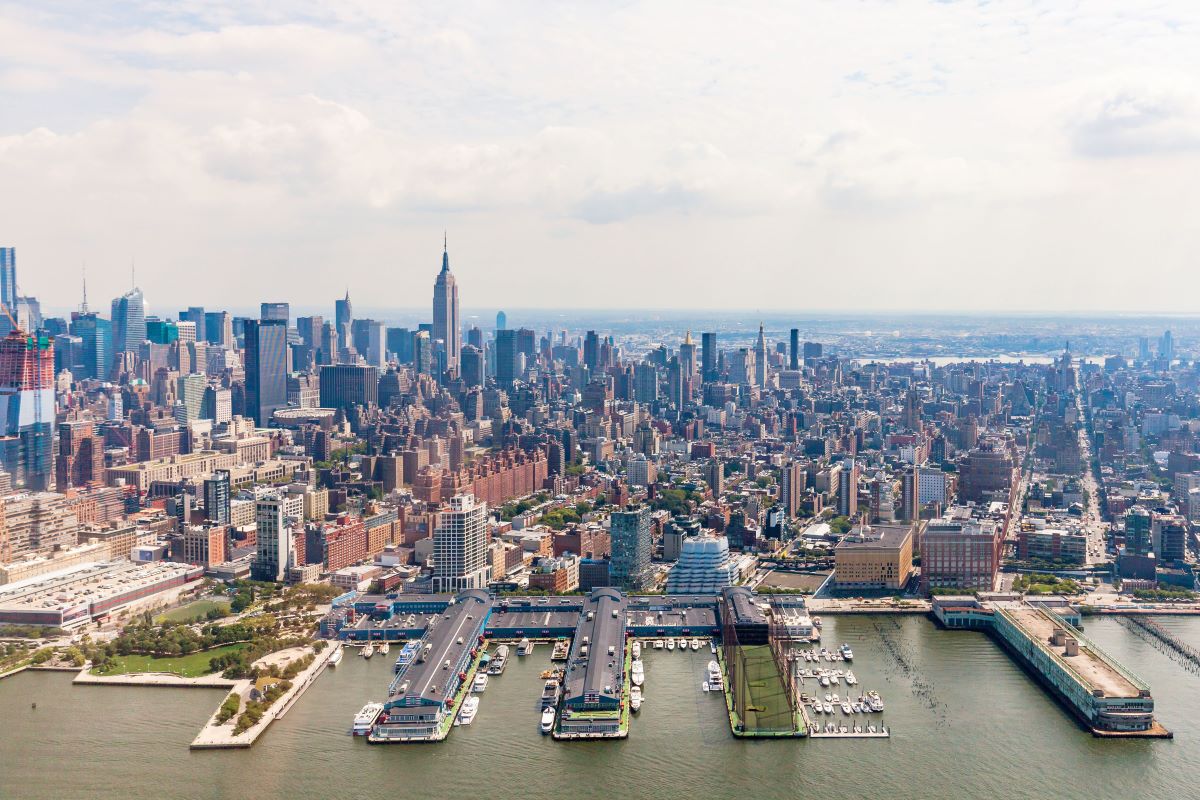FAQs
Find answers about the Route 9A Mobility and Safety Enhancements Study, including its purpose, location, focus areas, and involvement opportunities.

NYSDOT is revisiting the Route 9A corridor to reassess how it has evolved since the boulevard first opened 25 years ago. The purpose of the study is to re-evaluate the original design intent of the Route 9A corridor in light of its operational needs and trends. At the time of its original planning, the goal of the study was to help revitalize the Hudson River waterfront and connect the local communities to this underused space. Additional improvements were made over the years. The original study goals have largely been met and exceeded, as the creation and continuing development of the Hudson River Park have made the waterfront a destination for community members, tourists, and non-motorized modes of transit along the length of the bikeway/walkway. Through this study, NYSDOT seeks to better understand the corridor’s changing needs including the need for community connectivity to the waterfront and the accommodation of all modes of travel. This study will address current and future needs and evaluate transportation strategies to enhance safety and mobility for all users, especially pedestrians and bicyclists, including motorized bicycles/scooters.
The study focuses on Route 9A (West Side Highway) from 59th Street to Battery Place, a five-mile corridor used by various modes of transportation. The study’s priority is enhancing the safety and mobility of pedestrians and cyclists.
NYSDOT’s primary objective is to enhance the safety of all users, especially vulnerable road users such as pedestrians and cyclists. The study will evaluate and recommend transportation strategies that enhance the mobility and safety of all users.
Participation is vital to the success of the study and will contribute to developing concepts that incorporate the perspectives of a diverse range of stakeholders.
Visit the "Stay Involved" page to join the email list, provide feedback at public meetings, and find contact information for questions regarding the study or engagement process.